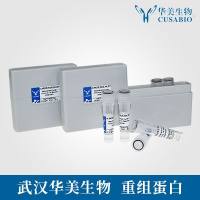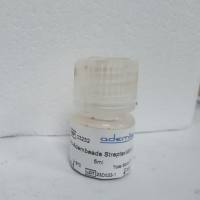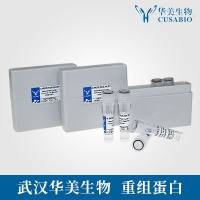PEGylation, the covalent linking of PEG chains, has become the leading drug delivery approach for proteins. This technique initiated its first steps almost 40 years ago, and since then, a variety of methods and strategies for protein–polymer coupling have been devised. PEGylation can give a number of relevant advantages to the conjugated protein, such as an important in vivo half-life prolongation, a reduction or an abolishment of immunogenicity, and a reduction of aggregation. Furthermore, the technique has demonstrated a great degree of versatility and efficacy – not only PEG–protein conjugates have reached the commercial marketplace (with nine types of derivatives), but a PEG-aptamer and PEGylated liposomes are now also available. Most of this success is due to the development of several PEGylation strategies and to the large selection of PEGylating agents presently at hand for researchers. Nevertheless, this technique still requires a certain level of familiarity and knowledge in order to achieve a positive outcome for a PEGylation project. To draw general guidelines for conducting PEGylation studies is not always easy or even possible because such experiments often require case-by-case optimization. On the other hand, several common methods can be used as starting examples for the development of tailor-made coupling conditions. Therefore, this chapter aims to provide a basic introduction to a wide range of PEGylation procedures for those researchers who may not be familiar with this field.






